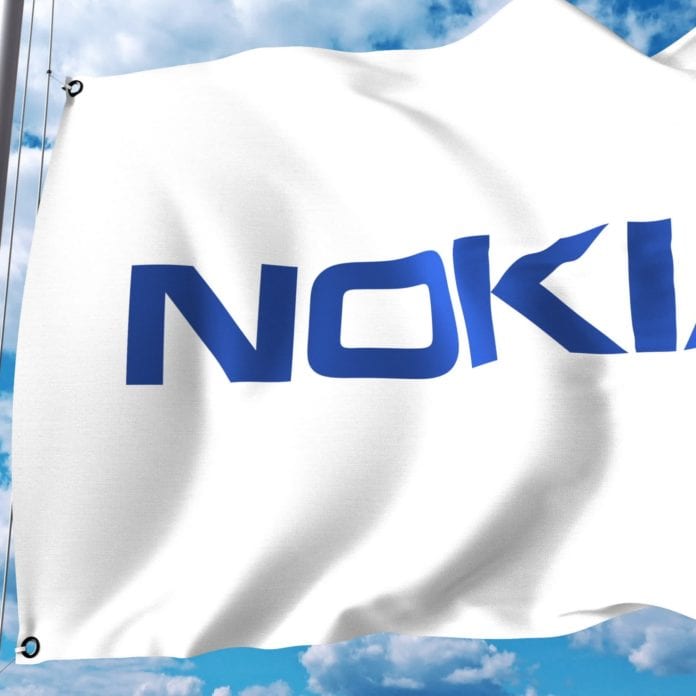Software, enterprise show growth; CEO calls out ‘challenges’ in mobile and fixed access
Prior to reporting its third quarter earnings last week, Nokia had a market cap of a little more than $29 billion. After reporting its Q3 financials, including a reduction in forecasts for 2019 and into 2020, the network infrastructure vendor’s stock dropped more than 25%, bringing the market cap down some $8 billion to a little more than $21 billion.
Nokia, like its primary competitors Ericsson and Huawei, is involved in 5G deployments around the world with the Finnish giant having successfully launched 15 live networks. So what’s the disconnect given Ericsson and Huawei both reported positive financials?
“5G is where we still have work to do,” Nokia CEO Rajeev Suri said on an earnings call, noting successful launches with all four U.S. Tier 1 carriers, Vodafone in Italy, Zain in Saudi Arabia and the three Korean operators.
Suri continued: “As you will recall I talked openly in Q1 about some of the issues we are facing in mobile. And I noted that higher radio product costs also had an impact on gross margins. Given the importance of this topic, let me go into some more detail. It is not unusual at this early stage in a new technology cycle to have high product costs. Those costs typically go down significantly, as scale increases and cost optimization work proceeds. This is certainly true for 5G.”
On the fixed access side, sales dropped 10% in Q3 “in the midst of a significant market transition, as copper declines and fiber grows. We have traditionally had very strong market share in copper access, but is significantly lower, although still strong position in fiber. By default, that means we are losing operating leverage as the market changes. Offsetting cost reductions and expansion in areas such as fixed wireless access is under way, but a full turnaround will still take more time.”
Suri said price reductions, particularly associated with semiconductors, would come with time and scale, improving “progressively over 2020, and we will start 2021 in a much stronger position.”

